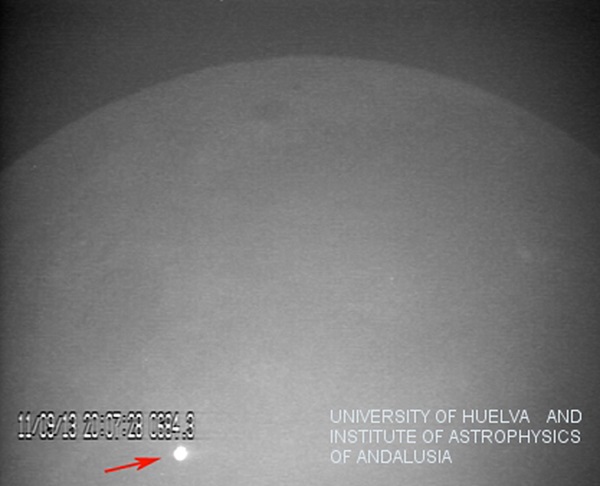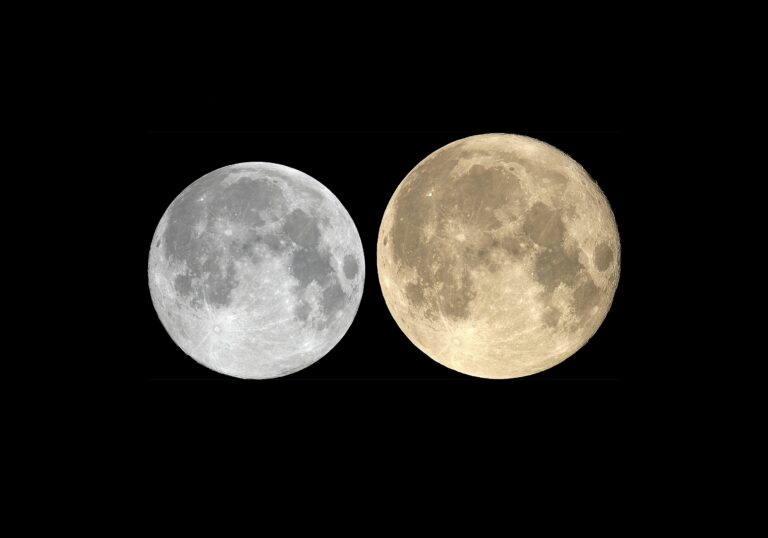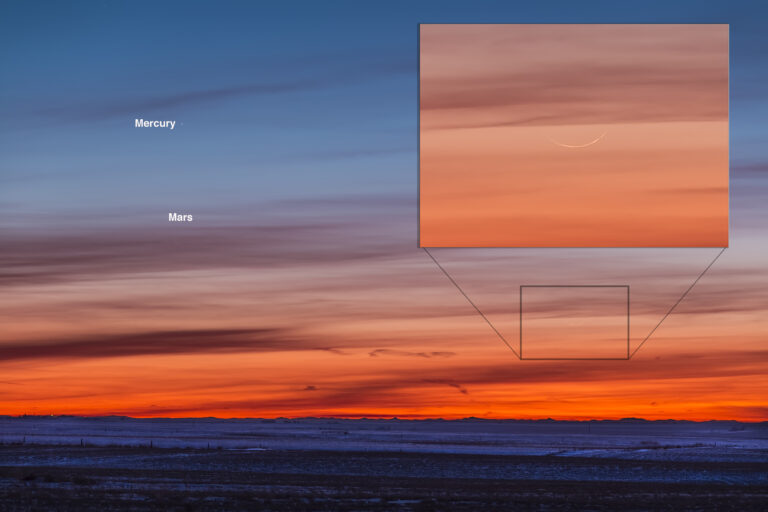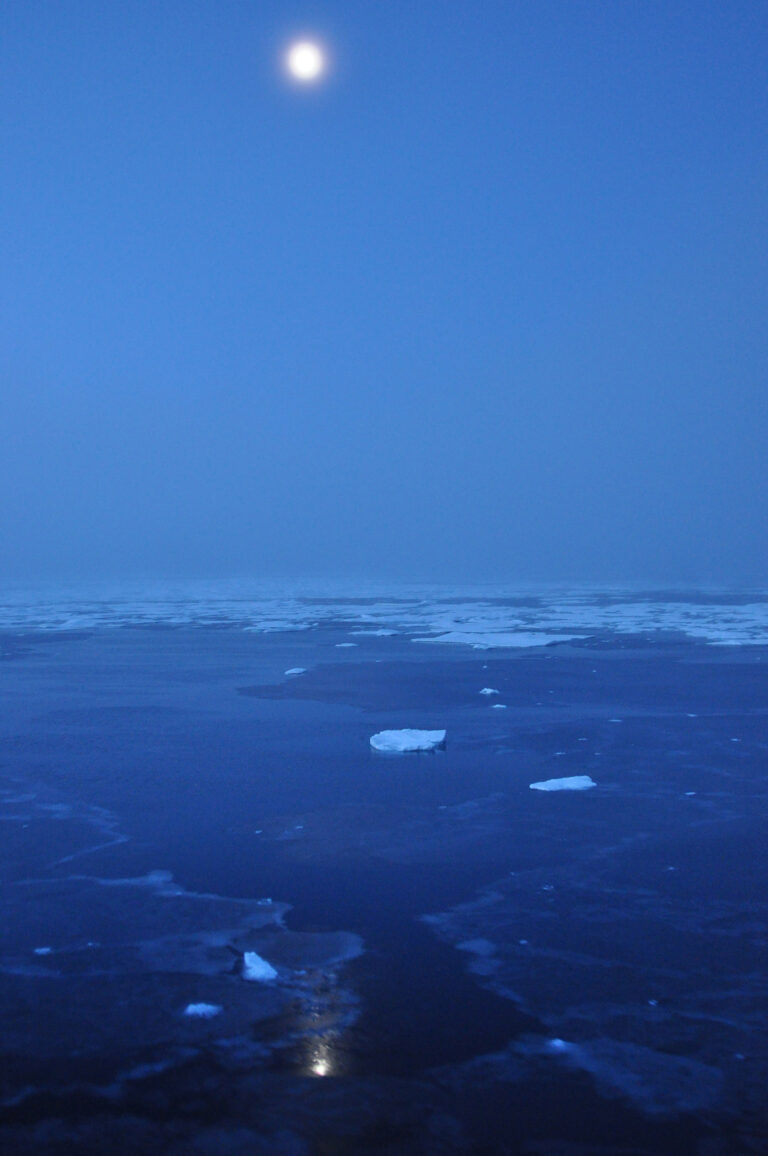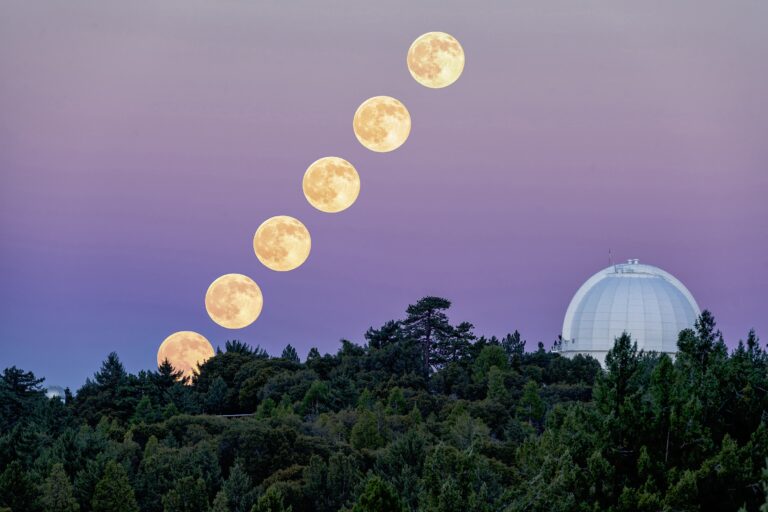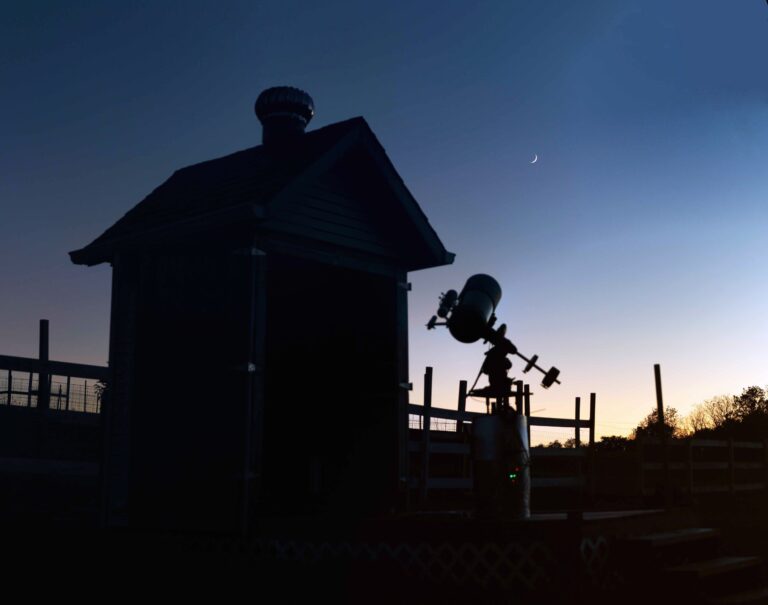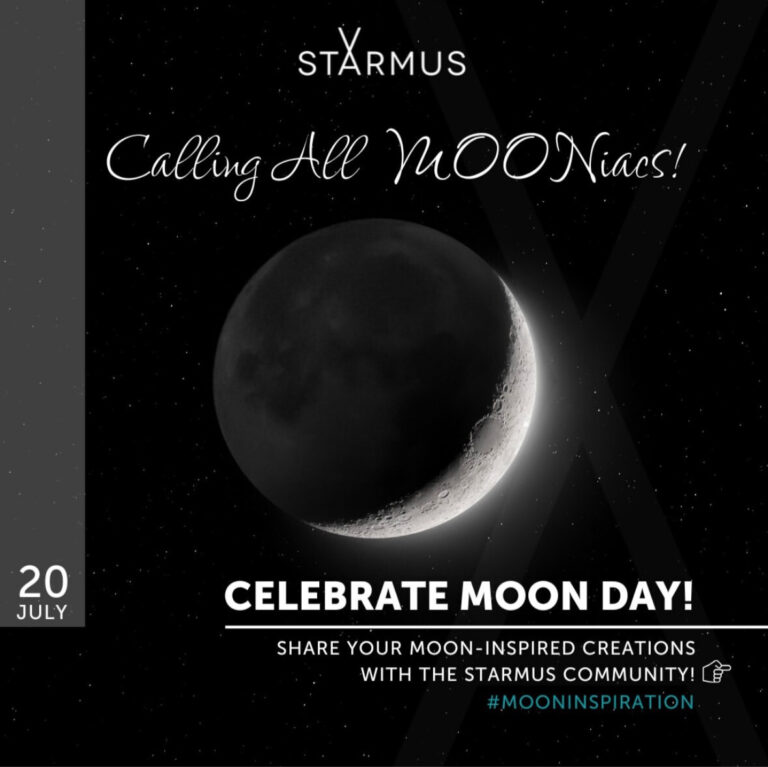Key Takeaways:
The Moon lacks the atmosphere that prevents small rocks from space from reaching the surface of Earth. The result is visible — vast numbers of craters, large and small, cover our nearest neighbor and record 4.5 billion years of collisions that span the history of the solar system.
Although there is almost no chance of a large object striking the Moon or planets, collisions with smaller objects are common even today. The odds of seeing one of these by chance are pretty poor, so scientists have set up networks of telescopes that can detect them automatically.
On September 11, 2013, Jose M. Madiedo from the University of Huelva, Spain, was operating two telescopes in the south of Spain that were searching for these impact events, when he witnessed an unusually long and bright flash in Mare Nubium, an ancient lava-filled basin with a darker appearance than its surroundings.
The flash was the result of a rock crashing into the lunar surface and was briefly almost as bright as the familiar Pole Star, meaning that anyone on Earth who was lucky enough to be looking at the Moon at that moment would have been able to see it. In the video recording made by Madiedo, an afterglow remained visible for a further eight seconds.
The September event is the longest and brightest confirmed impact flash ever observed on the Moon. “At that moment, I realized that I had seen a very rare and extraordinary event,” said Madiedo.
The Spanish telescopes are part of the Moon Impacts Detection and Analysis System (MIDAS) that monitors the lunar surface. This project is being undertaken by Madiedo and Jose L. Ortiz from the Institute of Astrophysics of Andalusia (IAA-CSIC) and continues a pioneering program that detected sporadic lunar impact flashes for the first time.
Since these impacts take place at huge speeds, the rocks become molten and are vaporized at the impact site instantaneously, and this produces a thermal glow that can be detected from our planet as short-duration flashes through telescopes. Generally, these flashes last just a fraction of a second, but the flash detected on September 11 was much more intense and longer than anything observed before.
Madiedo and Ortiz think that the impactor of around 880 pounds (400 kilograms) with a width of between 2.0 and 4.6 feet (0.6 and 1.4 meters) produced the flash. The rock hit Mare Nubium at about 37,900 mph (61,000 km/h) and created a new crater with a diameter of around 130 feet (40m). The impact energy was equivalent to an explosion of roughly 15 tons of TNT, at least three times higher than the largest previously seen event observed by NASA in March of last year.
“Our telescopes will continue observing the Moon as our meteor cameras monitor Earth’s atmosphere,” Madiedo said. “In this way, we expect to identify clusters of rocks that could give rise to common impact events on both planetary bodies. We also want to find out where the impacting bodies come from.”
Observing impacts on the Moon gives astronomers an insight into the risk of similar, but larger, objects hitting Earth. One of the conclusions of the Spanish team is that these 1-meter-sized objects may strike our planet about 10 times as often as scientists previously thought. Fortunately, Earth’s atmosphere shields us from rocks as small as the one that hit Mare Nubium, but they can lead to spectacular “fireball” meteors.

